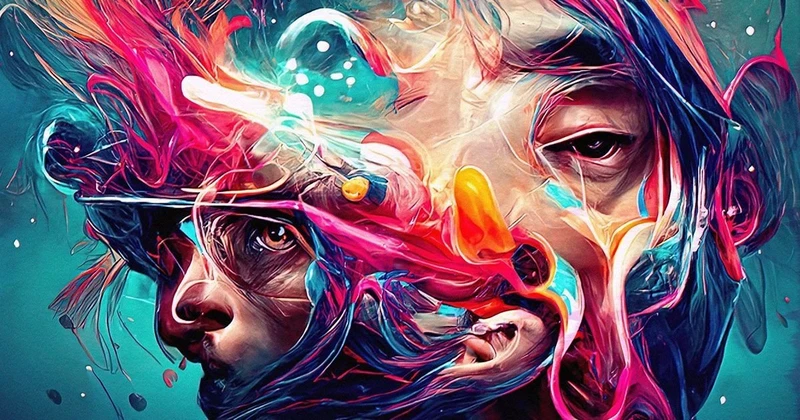Discussions around the creative capabilities of artificial intelligence seem to have reached a critical point. A recent study comparing ideas generated by humans and AI suggests that not only can AI match human creativity—it may even surpass its creators. Moreover, artificial intelligence is challenging traditional notions of what it means to be creative.
Rethinking the Turing Test for Creativity
The original Turing Test, developed by Alan Turing, was designed to assess a machine’s ability to exhibit intelligent behavior indistinguishable from that of a human. When applied to creativity, the question becomes: can AI create art that is indistinguishable from human-made works—or perhaps even better? New research suggests humanity is teetering on the edge of that reality.
Traditionally, AI has been viewed as a tool—a creative assistant that supports human artists. Software like Adobe’s Sensei uses machine learning to enhance graphic design, while other algorithms generate images from text descriptions. However, recent studies show that AI is evolving from a helper to a potential “creator” in its own right.
Neural networks like GANs (Generative Adversarial Networks) have already demonstrated their potential, producing artworks that have sold for significant sums at auction. Similar technologies have been used to compose music in a wide range of styles—from classical to contemporary. These aren’t just algorithmic reproductions; they’re works that evoke emotional responses, challenging the belief that AI lacks the “soul” to create meaningful art.

From Cave Paintings to AI Digital Art
Art has always evolved alongside human civilization and technological innovation. The cave paintings of Lascaux mark the dawn of human creativity—a primal desire to capture the essence of the world.
As society progressed, so did artistic techniques—from the refined brushwork of the Renaissance to the emotional abstractions of modern art. Each era introduced new tools and mediums—from oil paints to photography—expanding the boundaries of what could be imagined and created.
Digital art marked yet another major leap, bringing a new level of complexity and potential. Digital tablets and software like Photoshop became the new canvases, transforming not just technique, but also the speed and scale of artistic production.
Now, artificial intelligence represents the next step—a potential creative shift of seismic proportions. AI has the capacity to be both the brush and the artist, capable of generating ideas and bringing them to life in ways previously unimaginable. It can analyze vast datasets of artistic styles, emotional tones, and cultural motifs, synthesizing them into new forms of artistic expression.

AI Is Redefining Creativity
As Psychology Today notes, the definition of creativity has long been a subject of philosophical inquiry. At its core, creativity is the ability to generate new ideas or solutions—but this definition barely scratches the surface.
Plato viewed art and creativity as reflections of “ideal forms.” Later philosophers like Kant and Schopenhauer argued that creativity is not mere imitation but an act of free will—a unique fusion of experience, emotion, and intellect.
Creativity also involves value—not just generating something “new,” but something meaningful, high-quality, and relevant. What’s considered innovative in one era may be seen as trivial in another.
In the context of AI, the concept of creativity takes on new dimensions. Can a machine without subjective experience or emotion truly participate in the creative process as humans do? Can AI grasp the cultural and emotional weight of the symbols it uses? Or is it a new form of creativity altogether—one grounded in data, patterns, and free from human biases and limitations?
As AI continues to evolve rapidly, these questions are becoming increasingly urgent. They challenge us to revisit and expand our understanding of creativity in an era where machines are entering the creative domain.
Whether or not AI will ultimately surpass human creativity remains uncertain. But what’s clear is that its ability to generate new ideas and artistic forms is already reshaping our understanding of what it means to create—and compelling us to reconsider our own role as creators.
Спросить ChatGPT

